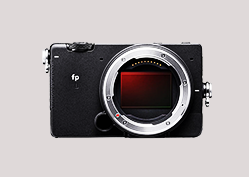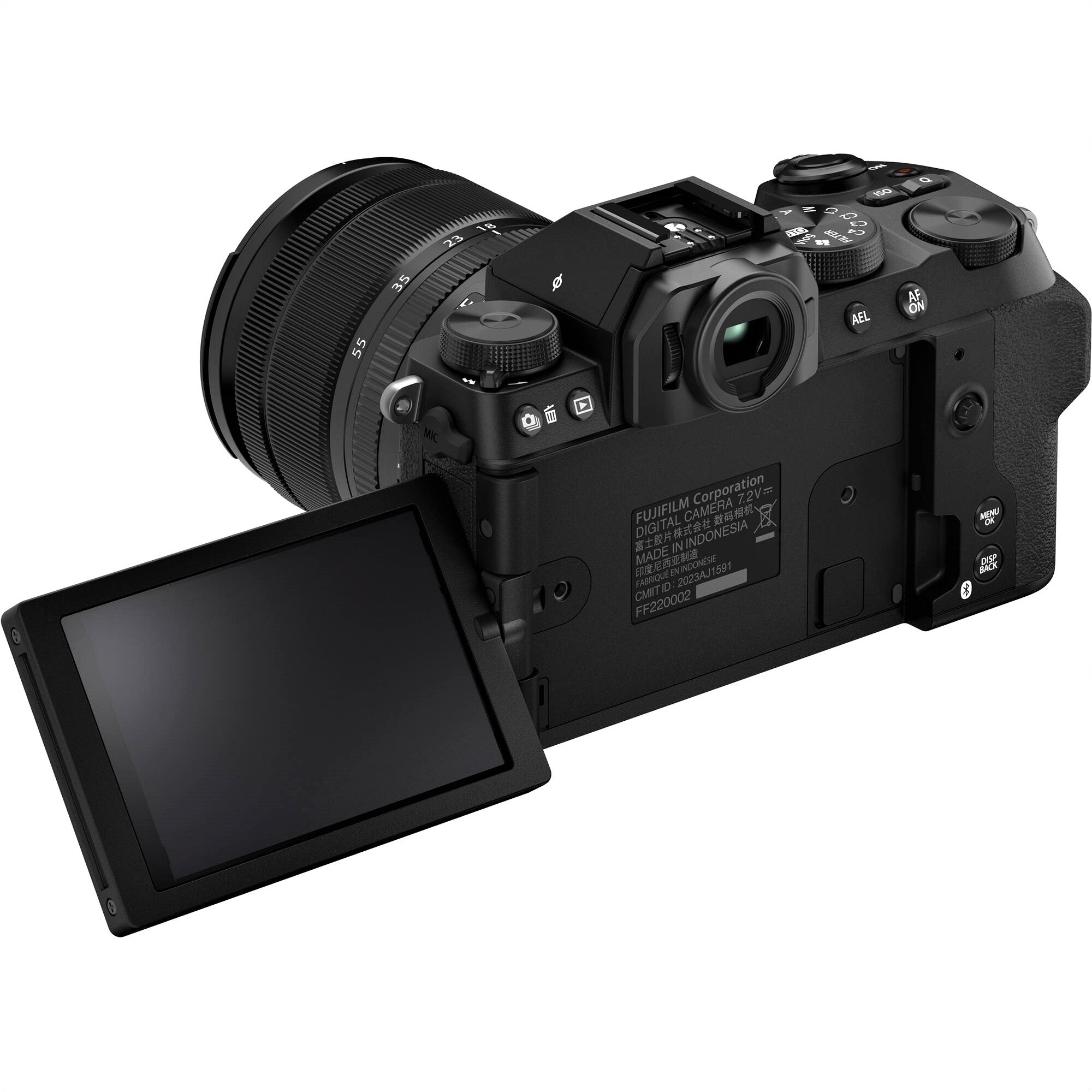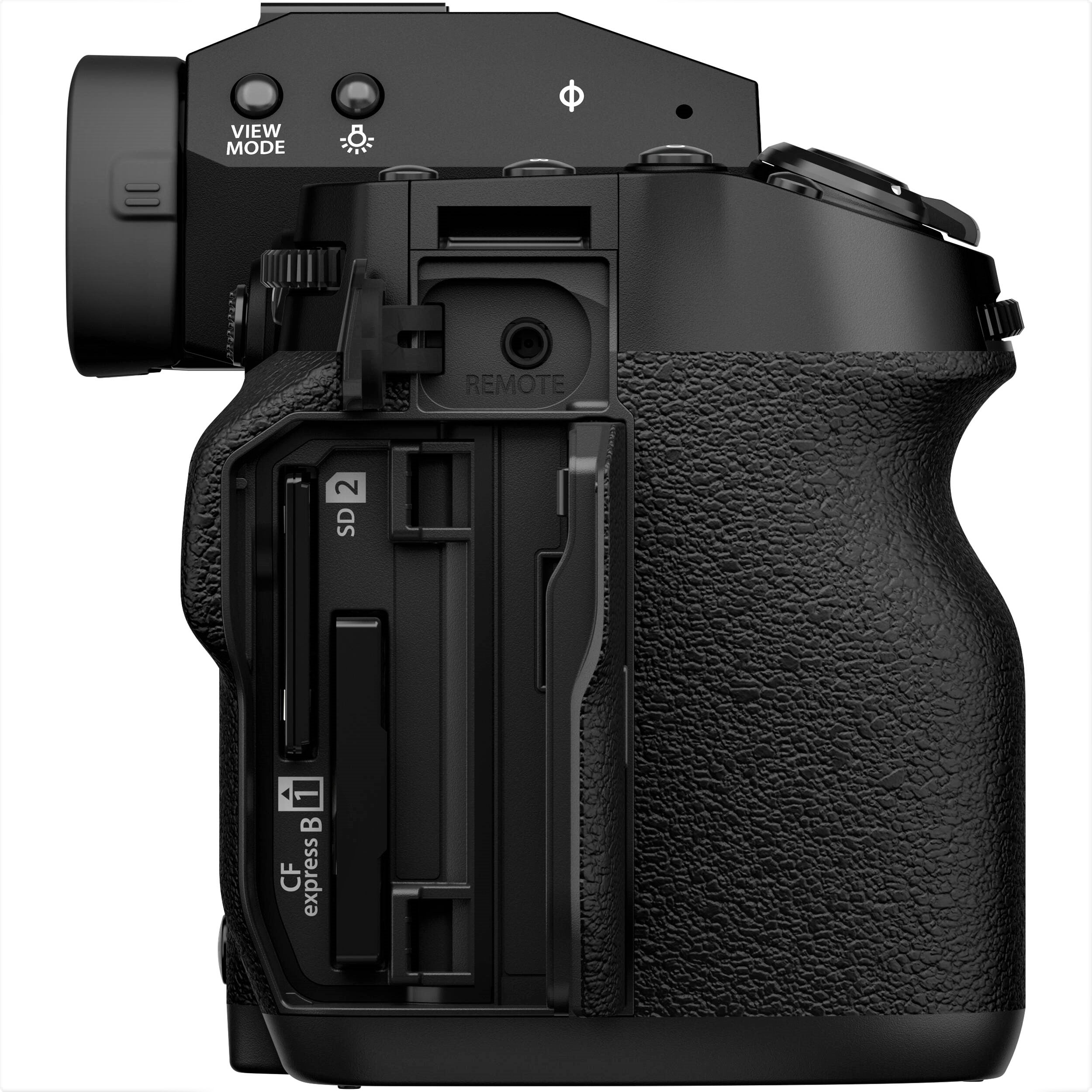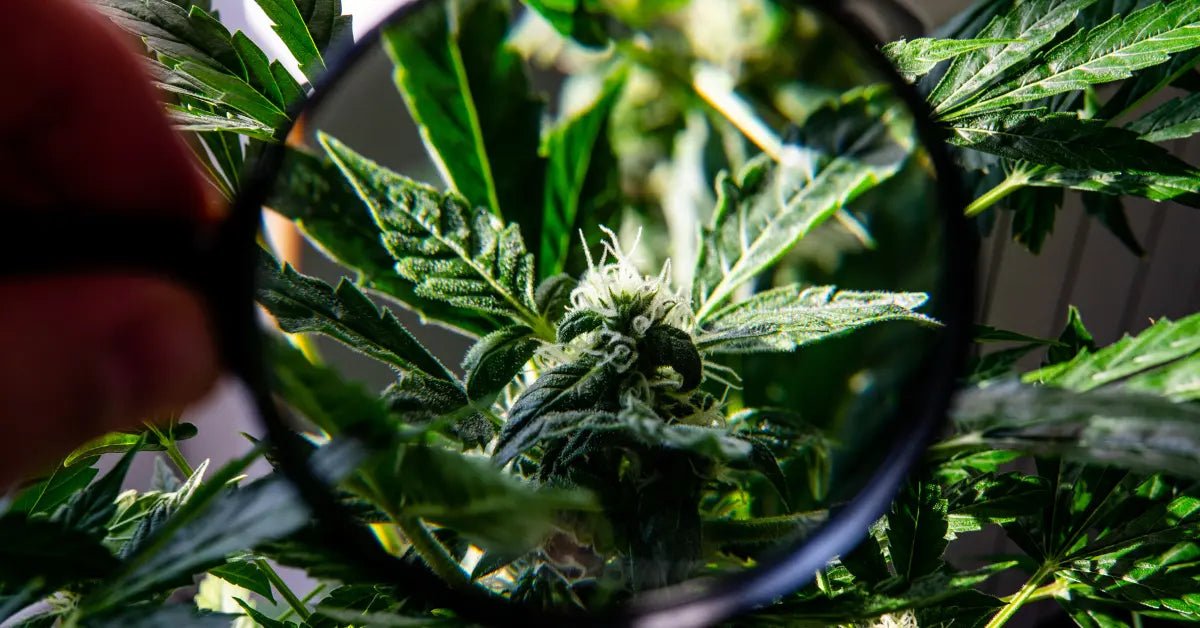In photography, small details often shape the outcome of a shot. One of those seemingly minor details is the camera lens hood. It might look like a simple accessory, but it plays a significant role.
This guide is here to explain why camera lens hoods matter. You’ll learn how they can improve your photos and when you should be using them.
The main job of a lens hood is to block out unwanted light. When light hits the lens from an angle, it can cause lens flare, which reduces contrast and clarity. A lens hood stops this, giving you sharper, more vibrant photos. Plus, it protects the lens from scratches, bumps, and the elements, helping to keep your gear safe.
Knowing when to use a lens hood can make a big difference in your photography. It helps you manage light better and protects your lens.
Whether you're a beginner or experienced, understanding the types and uses of lens hoods can help you take your photography to the next level.
What is a Camera Lens Hood?

A lens hood might look like a small, simple piece of equipment, but it plays a huge role in improving photo quality and keeping your lens safe. This accessory attaches to the front of your camera lens and serves two key purposes.
First, it blocks unwanted direct light that can mess with your photos. If you've ever noticed glare or lens flare, that's exactly what the hood helps prevent. These distractions can ruin the look of your shot by hiding important details or distorting colors.
The lens hood steps in to keep those things from happening, ensuring your photos stay sharp and true to life.
But there's more. A lens hood also acts as a shield for your lens, protecting it from dirt, sand, moisture, and even accidental knocks. This is especially helpful when you're shooting in unpredictable environments where things can get a bit chaotic.
Lens hoods come in different shapes to fit various lenses and shooting styles. A cylindrical hood is typically used with telephoto lenses since it fits the narrower angle of view. This type of hood makes sure light doesn’t sneak in from the sides. Meanwhile, a petal-shaped or tulip hood, with its distinct cut-out sections, works well for wide-angle lenses.
It blocks unwanted light while allowing a wider field of view, which is perfect for landscape or architectural photography.
To wrap it up, while a lens hood may seem like a minor addition, it's essential for boosting image quality and protecting your lens. Whether you're working indoors or out in the wild, adding a lens hood to your setup is a smart move that can make a real difference in the shots you take.
The Role of Lens Hoods in Photography

A lens hood isn't just an extra accessory; it's a must-have for photographers who want sharper, cleaner shots. Its main job? Block stray light that sneaks into your frame, causing flare—those annoying streaks that mess up details and dull your image. This rogue light, often from outside the shot, kills contrast, making your photos look flat and lifeless.
But there's more. A lens hood also protects your lens from accidental bumps and scrapes. Whether you're weaving through crowds, shooting in rugged terrain, or tossing your camera into a bag, the hood acts like a shield, keeping your lens free from scratches and smudges.
And don't forget the elements. A lens hood helps guard against rain, snow, and dust, all of which can mess with your lens over time.
By grabbing a simple lens hood, you're not just improving your photos today; you're also protecting your gear for the long haul, making sure every shot stays crisp and clean.
Different photography styles can benefit uniquely from the use of lens hoods:
- Landscape Photography: Capturing the grandeur of landscapes often involves dealing with a mix of shadows and bright areas. A lens hood helps maintain the depth and clarity of these scenes, especially during sunrise or sunset.
- Portrait Photography: In portrait photography, the emphasis is on capturing the subject's expressions and features. Lens hoods aid in avoiding unwanted light that can distract from the subject's face.
- Street Photography: The unpredictable nature of street photography means dealing with an array of lighting conditions. A lens hood allows for more consistent quality by mitigating unexpected light flares.
When to Use a Lens Hood?
Understanding 'when to use a lens hood' is key to leveraging its benefits:
In Bright Outdoor Settings

When you're out taking photos in bright sunlight, a lens hood is your best friend. It might seem like a small accessory, but it makes a big difference. For starters, it cuts down on glare—a problem that's all too common when shooting outdoors.
And we're not just talking about reducing the annoyance of light reflections. It actually improves your photos. By blocking stray light, the lens hood keeps the colors in your images bold and true to life.
Plus, it helps maintain contrast, which sunlight can easily wash out. If you're aiming for crisp, vibrant, and well-balanced outdoor shots, a lens hood is a must.
During Backlit Photography

Photographing against the light often presents real challenges. Intense backlighting can drown your subject in shadows or wash out your images. Here, a lens hood becomes crucial.
It acts like a shield, keeping excess light from striking the lens from the sides, thus enhancing your photo's contrast and clarity. This means your main subject stays sharp and vibrant, standing out against the bright background. Plus, it wards off lens flare—those annoying hazes from direct light sources that can sap your image's color.
With a lens hood, you gain more control over your lighting, achieving sharper, more evenly exposed shots. It’s a simple tool, but vital for capturing lively scenes without letting lighting overpower your subject.
While Shooting in Varied Lighting Conditions

Street photography is unpredictable, with lighting constantly changing. That's why a lens hood is a must-have. It’s a small attachment that clips onto the front of your camera lens, but don’t let its simplicity fool you—it does a lot.
First, it blocks stray light, reducing glare and lens flares, which can mess up your shots. This is especially important in cities, where bright lights and reflections are everywhere. But that’s not all. The lens hood also acts as a shield, protecting your lens from scratches and accidental bumps, which are common in crowded places.
By controlling the light that hits your lens, it boosts contrast and color, making your photos look more vibrant and sharp. So, whether you're dealing with harsh sunlight or reflections off glass, a lens hood gives you better control.
For any street photographer, this small tool can make a big difference in keeping their shots clean, clear, and true to their vision.
To Protect Your Lens

A lens hood isn’t just for reducing glare. It’s like armor for your lens. It helps keep away unwanted light, sure, but more than that, it protects your lens from bumps, scratches, and those little accidents that happen when you’re on the go.
Whether you’re in a crowded place, in tight spaces, or dealing with bad weather, a lens hood adds a solid layer of protection.
It keeps your lens safe and damage-free. Plus, it improves your shots by cutting down on lens flare. It’s a simple, must-have tool for any photographer, no matter your skill level.
Different Types of Camera Lens Hoods and Their Uses
Selecting the right lens hood is key to improving your images. Lens hoods cut down on flare, boost contrast, and shield your lens from damage.
They come in different shapes and sizes, each suited for certain lenses and situations. The most common types are cylindrical and petal-shaped hoods.
Cylindrical ones work best with telephoto lenses, as they block out stray light without interfering with the narrow field of view. Petal-shaped hoods, also called tulip or flower hoods, are for wide-angle lenses. Their unique shape helps block light more effectively, reducing glare while keeping the edges of the frame clear from vignetting, which is common with wide lenses.
The design of petal hoods maximizes their ability to block light without affecting the shot. They're great for landscape, architectural, and wide-frame photos. Cylindrical hoods, being simpler in design, are better for long-range photography, where the curvature of the field doesn’t matter as much.
When picking a lens hood, think about the focal length and the environment. If you’re shooting in bright light, like midday sun or near reflective surfaces such as water or glass, a lens hood will help reduce the light hitting your lens. Even indoors, they help by cutting down on glare from artificial lights, making your shots crisper.
In summary, lens hoods are a simple but important tool for photographers. Whether you’re shooting portraits, landscapes, or sports, using the right lens hood lets you take clearer, more vibrant photos with less interference from surrounding light.
When discussing camera lens hoods, it's important to note the different types available:
Cylindrical Lens Hoods

Cylindrical lens hoods are a key tool for photographers, especially when using telephoto lenses in tough lighting. They’re designed to stop vignetting—those dark edges that can mess up your shot—while keeping light under control. By blocking unwanted light from hitting the lens, they cut down on glare and boost image contrast, making your photos sharper and more colorful.
Plus, they offer some protection for your lens, guarding against bumps, scratches, or even a bit of rain. Whether you're photographing wildlife, sports, or far-off landscapes, a cylindrical lens hood is a simple way to improve both your shots and your lens' safety.
Petal-shaped (Tulip) Lens Hoods

Petal-shaped lens hoods, or tulip hoods, are commonly used with wide-angle lenses. They have a unique notched shape that blocks stray light while keeping a wide field of view. This helps reduce lens flare and glare without causing vignetting, which is key for wide-angle photos.
The petals are curved to fit the lens's wide horizontal and narrow vertical angles, making them useful for clear, sharp images. Whether you're shooting landscapes or architecture, this design is helpful.
Besides improving image quality, petal lens hoods protect your lens from bumps, dust, and minor impacts, offering an extra layer of safety for your gear.
Why Use a Camera Lens Hood
A lens hood plays an important role in making your photography better. It mainly helps cut down on lens flare. Flare happens when light sneaks in from the side, causing unwanted bright spots or a hazy look that can dull your images. With a lens hood in place, this stray light is blocked, helping your photos come out sharper and more vibrant.
Another big benefit of a lens hood is protecting your lens. If you’re out in busy places or shooting outside, it can guard against small accidents, like bumps, scratches, or even a bit of rain. This way, your lens stays in good shape for longer.
Using a lens hood also helps you control the light that hits your lens. It keeps unwanted light out, making sure your photos don’t get too bright in unexpected areas. This means your pictures will match the lighting you wanted when you first framed the shot.
In short, a lens hood isn’t just a small add-on; it’s a key tool. It helps improve the quality of your images and keeps your gear safe. You’ll feel more confident shooting in different lighting situations, knowing you have better control over how light affects your photos.
Lens hoods serve several critical functions in photography:
- Preventing Lens Flare and Glare: Direct sunlight or other light sources can hit the lens and cause lens flare – a common issue that results in a loss of contrast and can create unwanted artifacts in your photos. A lens hood blocks this stray light, significantly reducing these effects.
- Enhancing Image Quality: By preventing flare and glare, lens hoods help maintain the color integrity and contrast of the photograph, resulting in clearer, more vibrant images.
- Protecting the Lens: Lens hoods offer physical protection to the lens. They can shield the lens from accidental impacts, scratches, and even from elements like rain or dust.
- Improving Consistency: In changing lighting conditions, a lens hood helps in maintaining a more consistent lighting environment, which is crucial for professional-quality photography.
A study of professional photographers found that using a lens hood reduces lens flare by up to 80% in bright outdoor conditions, significantly improving image contrast and color accuracy.
Conclusion
When to use a lens hood is a question that underscores its importance in photography. By effectively utilizing a lens hood, you can protect your lens, control lighting conditions, and improve the overall quality of your images. It's a small accessory that makes a big difference.
So, the next time you're out with your camera, remember to consider whether a lens hood could enhance your shot. It's a simple step that can elevate your photography to new heights.
Now that you understand when and why to use a lens hood, it's time to put this knowledge into practice. Experiment with different types of lens hoods in various shooting scenarios and observe the improvements in your photography.
Share your experiences and thoughts with us, and let's continue to grow together in our photographic journey.
Visit Nuzira to learn more about camera lens hood!






